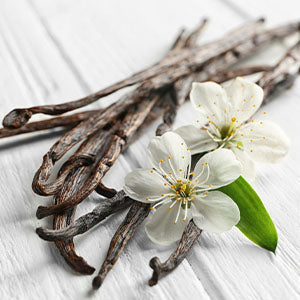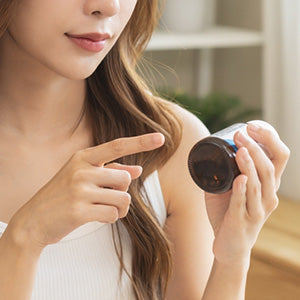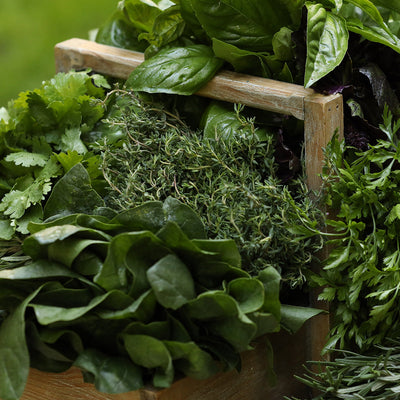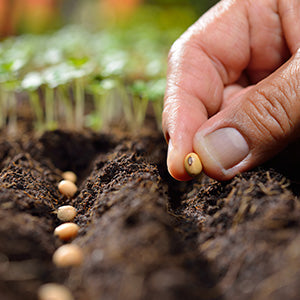Fighting Fungus: Cleansing with Jatoba

Jatoba (Hymenaea courbaril) is a tree indigenous to the Amazon rainforest and Central America that can grow up to 90 feet tall and contributes to the rainforest canopy. Jatoba produces a dense, hardwood that is durable and termite resistant, making it very useful for carpentry, flooring, and furniture. One of the most interesting things about wild jatoba is that when the tree's life cycle is finished and the tree dies, unlike most other rainforest trees, the wood of the jatoba tree does not rot.
This observation of its resistance to mold and fungus has predicated inquisitions into the therapeutic qualities of jatoba... of which there are several. In fact, jatoba has been used for therapeutic purposes by traditional medicine practitioners for many concerns, including diarrhea, hepatitis, bronchitis, and coughs.
Many of Jatoba's benefits are related to its toxicity against harmful organisms, including yeast, viruses, fungi and bacteria and most of its beneficial compounds are located within its bark. Not only does jatoba present itself as fierce opposition to harmful organisms, but also to swelling, as jatoba contains a wide variety of active compounds and phytochemicals that have demonstrated an ability to fight redness and irritation. [1] Traditional preparation is a tea prepared from the bark or a tincture which can be used for a variety of health conditions, including the candida fungus.
Jatoba and Harmful Organisms
Jatoba is probably best known for its strength against fungi, including candida. However, research has shown jatoba to be toxic to other harmful organisms as well. In a Brazilian study designed to investigate jatoba for activity against the simian rotavirus, jatoba was active and described by researchers as definitely worthy of additional research. [2] Test tube evaluations of jatoba, performed by the Institut für Pharmazie at Freie Universität in Berlin Germany, have shown that jatoba is active against plasmodium (harmful organism). [3]
Jatoba and Fungus
The compounds in jatoba are known to possess a strong resistance to fungus and yeast, which has caused some persons and researchers to approach it with extreme interest as a very effective topical application for addressing fungal infections such as candida, athlete's foot, and nail fungus. [4] [5]
Jatoba can also be taken internally and may offer relief for symptoms of chronic concerns which are believed to be fungal in their origin and do not respond to harsh prescriptions. It is in these instances where a natural, fungus resistant compound like jatoba has generated high interest. [6]
References (6)
- Marin AM, Siqueira EM, Arruda SF. Minerals, phytic acid and tannin contents of 18 fruits from the Brazilian savanna. Int J Food Sci Nutr. 2009;60 Suppl 7:180-90. doi: 10.1080/09637480902789342. Epub 2009 Apr 6.
- Cecílio AB, de Faria DB, Oliveira Pde C, Caldas S, de Oliveira DA, Sobral ME, Duarte MG, Moreira CP, Silva CG, de Almeida VL. Screening of Brazilian medicinal plants for antiviral activity against rotavirus. J Ethnopharmacol. 2012 Jun 14;141(3):975-81. doi: 10.1016/j.jep.2012.03.031. Epub 2012 Mar 26.
- Köhler I, Jenett-Siems K, Siems K, Hernández MA, Ibarra RA, Berendsohn WG, Bienzle U, Eich E. In vitro antiplasmodial investigation of medicinal plants from El Salvador. Z Naturforsch C. 2002 Mar-Apr;57(3-4):277-81.
- Raintree Nutrition Inc. Biological activities for extracts of Jatoba (Hymenaea courbaril) (PDF). Jatoba Plant Database File. 2004.
- L. Rahalison, M. Hamburger, K. Hostettmann, M. Monod, E. Frenk, M. P. Gupta, A. I. Santana, M.D. Correa, A. G. Gonzalez. Screening for antifungal activity of panamanian plants. Pharmaceutical Biology. 1993. vol. 31, no.1 pages 68-76(doi:10.3109/13880209309082921).
- Raintree. Jatoba. Tropical Plant Database.
†Results may vary. Information and statements made are for education purposes and are not intended to replace the advice of your doctor. If you have a severe medical condition or health concern, see your physician.

Dr. Edward Group, DC
FOUNDER | HEALER | ADVOCATEDr. Group, DC is a healer and alternative health advocate, and an industry leader and innovator in the field of natural health who is dedicated to helping others. He is a registered doctor of chiropractic (DC), a naturopathic practitioner (NP), and proud alum of Harvard Business School and MIT Sloan School of Management. Dr. Group, DC is the founder of Global Healing – a mission and vision he has shared through best-selling books and frequent media appearances. He aims to spread his message of positivity, hope, and wellness throughout the world.










